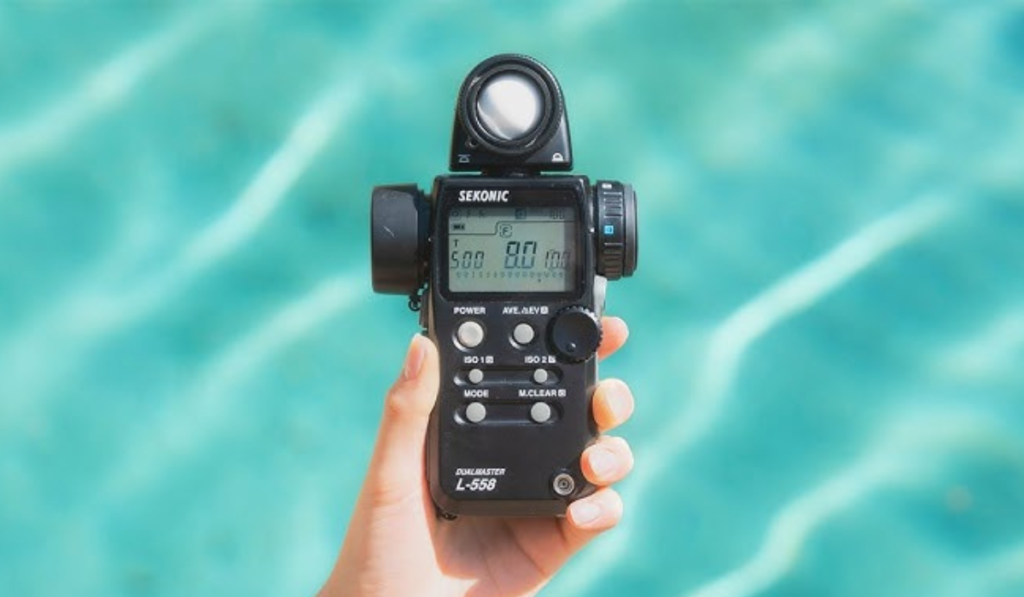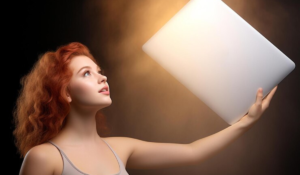Mastering Light Meter Usage in Photography

In order to achieve precise exposures, photographers have long regarded light meters as indispensable tools. For photographers seeking optimal control over their exposure settings, handheld light meters remain invaluable even though modern DSLR cameras come equipped with built-in light meters. Discover how to master the use of a light meter in photography with this comprehensive guide.
Light meters: What you need to know
Light meters serve the fundamental function of measuring light quality and providing exposure measurements for the purpose of taking well-exposed pictures. Light-sensitive cells drive needle displays in older models, while electronic displays are used in modern versions to improve functionality and convenience.
Incidence metering vs. reflected metering
Portable light meters offer both reflected and incident metering modes, which is one of their key advantages. In incident metering, light falls on the subject instead of reflecting off it. Reflective metering measures light reflected off the subject. Unlike reflective metering, incident metering provides consistent exposure results regardless of subject characteristics or scene changes, especially with subjects of varying reflectances.
Setting the right exposure
Understanding how a handheld light meter works is essential to harnessing its full potential. First, set the camera to manual mode and match the ISO and aperture settings on the meter and camera. To achieve optimal exposure, photographers should position their meter in front of the subject or near it to ensure accurate readings.
Features and applications of advanced technology
In addition to measuring flash exposure, handheld meters calculate lighting ratios between key and fill lights based on different shooting scenarios. It facilitates precise flash exposure and consistent results in studio flash photography because it provides accurate readings independent of ambient light.
Landscape photographers find incident mode on handheld meters invaluable for obtaining accurate readings of falling light. During landscape shoots, direct sunlight can affect the meter’s lumisphere, reducing the accuracy of readings.
Useful Tips for Effective Use
A handheld light meter’s utility can be maximized by utilizing its capabilities effectively and following best practices. Photographers are empowered to cope with diverse shooting conditions by understanding metering modes such as ambient, cordless flash, and corded flash.
As well as re-metering, photographers can adjust flash output rather than camera settings, and exercise artistic judgment to fine-tune exposure decisions by tweaking settings without re-metering.
In conclusion
For photographers seeking precise exposures and optimal control over their images, handheld light meters are indispensable tools. From studio setups to outdoor landscapes, mastering the use of a light meter opens up a world of possibilities. A photographer can unleash the full potential of this essential device if they understand its functionalities, implement best practices, and hone their skills.



